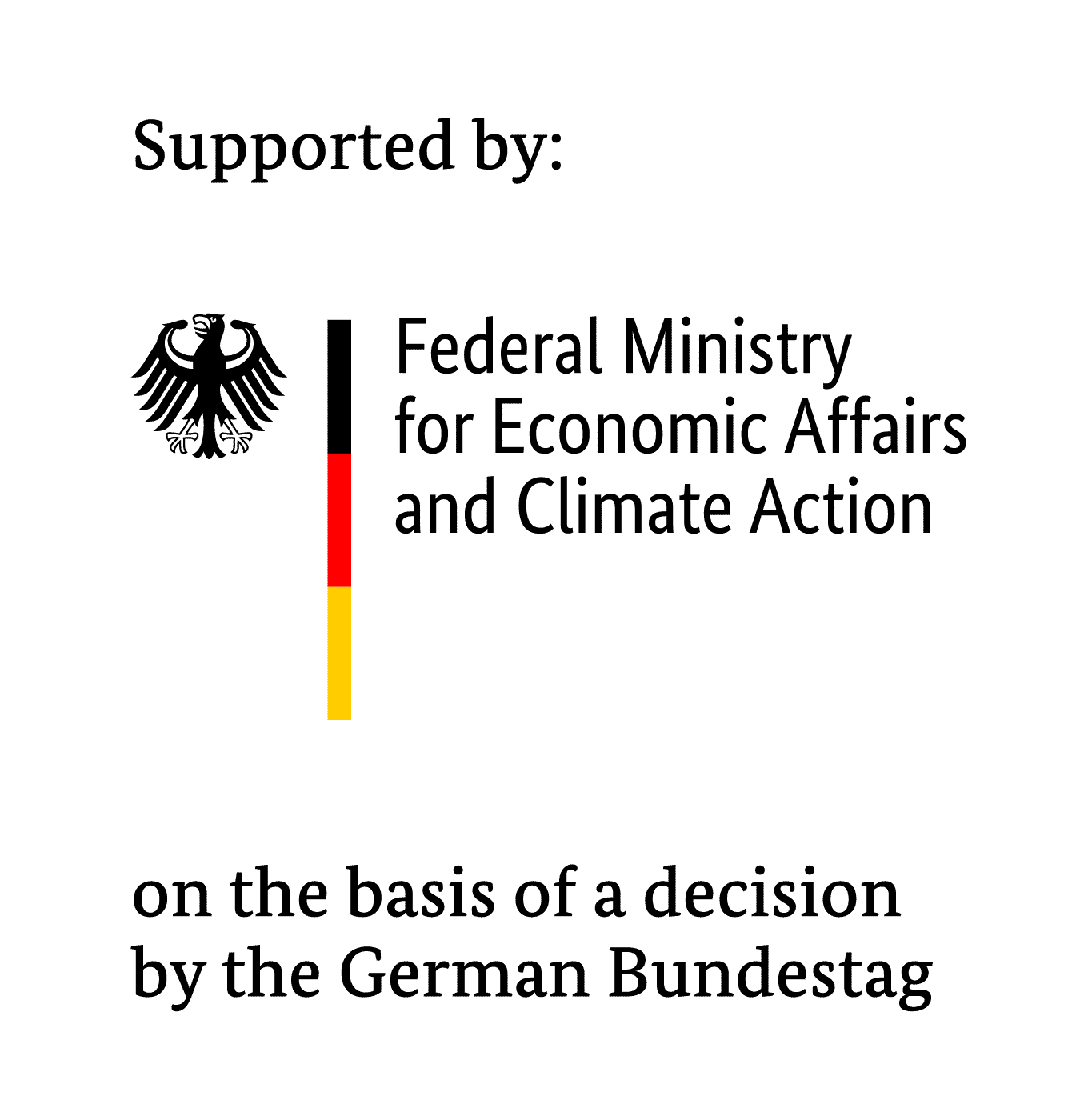Projectname:
Humidity and Water Regulating Active Packaging
Workgroup: Packaging materials
Research Partner and Scientific Guidance:
IGF: 220 EBG
Financing: BMWi
Duration: 2018 – 2020
Several important types of food, for example bakery products like bread, rolls, cakes and croissants, should be kept in packages whose internal humidity can be regulated to increase the time span for freshness and shelf life. But packages with adjusted internal humidity can also increase the protection of non-food products like wooden music instruments, historic paintings and electric components, where corrosion due to liquid water condensation or mechanical stress due to changing water concentration must be avoided.
Aim of the planned research project is to develop tailored concepts for a precise internal humidity regulation in packages based on paper and plastics. The internal humidity of the packages is to be regulated in such a way that its development over time is optimal for the packed good. This is expected to improve or prolong the freshness and shelf life of foodstuffs as well as the quality and use value of many different non-food products.
The aim should be achieved with active materials for storage and release of water in the packaging. In the case of food products all concepts and solutions should comply with current food law requirements.
Basis of the concept development is the design of packaging materials suitable for accomplishing the above mentioned aims. Depending on the packed products, it is envisaged to develop solutions based on paper and plastic films or composites of these two materials. Numerical model calculations will be used for solution-product matching and optimally adjusting the packaging materials and package geometries to the requirement profiles of packed goods. For humidity regulation, it is planned to use static and dynamic WVTR-scaling materials in multilayered stacks (i.e. combine materials that change WVTR depending on humidity like modified cellulose, PVOH, EVOH and polyamides). Active hydrosorptive components, such as modified polysaccharides (e.g. sorbitol, xylitol), inorganic salts (e.g. NaCl, CaCl₂) as well as natural and synthetic silicates (bentonites, zeolites, molecular sieves) are considered as supporting systems, especially in combination with functionalised paper.
The developed functions will be tested in case studies, using selected food and non-food products by way of example. As typical foodstuffs, it is planned to use bakery products with different shelf lives and storage requirements like freshly baked rolls, sliced bread and long-life bakery products. Wooden music instruments will serve as test specimens for non-food products. As a first step, it is planned to do research on the optimal storage conditions of each packed good and to verify experimentally the results. Next, packaging materials and packages will be produced on pilot scale and tested in storage trials. Finally, it is planned to evaluate the costs in relation to the achievable benefits and develop suggestions for business cases and market positioning.

The IGF project presented here is funded as part of the program for the promotion of industrial community research (IGF) by the Federal Ministry for Economic Affairs and Climate Action based on a decision of the German Bundestag.